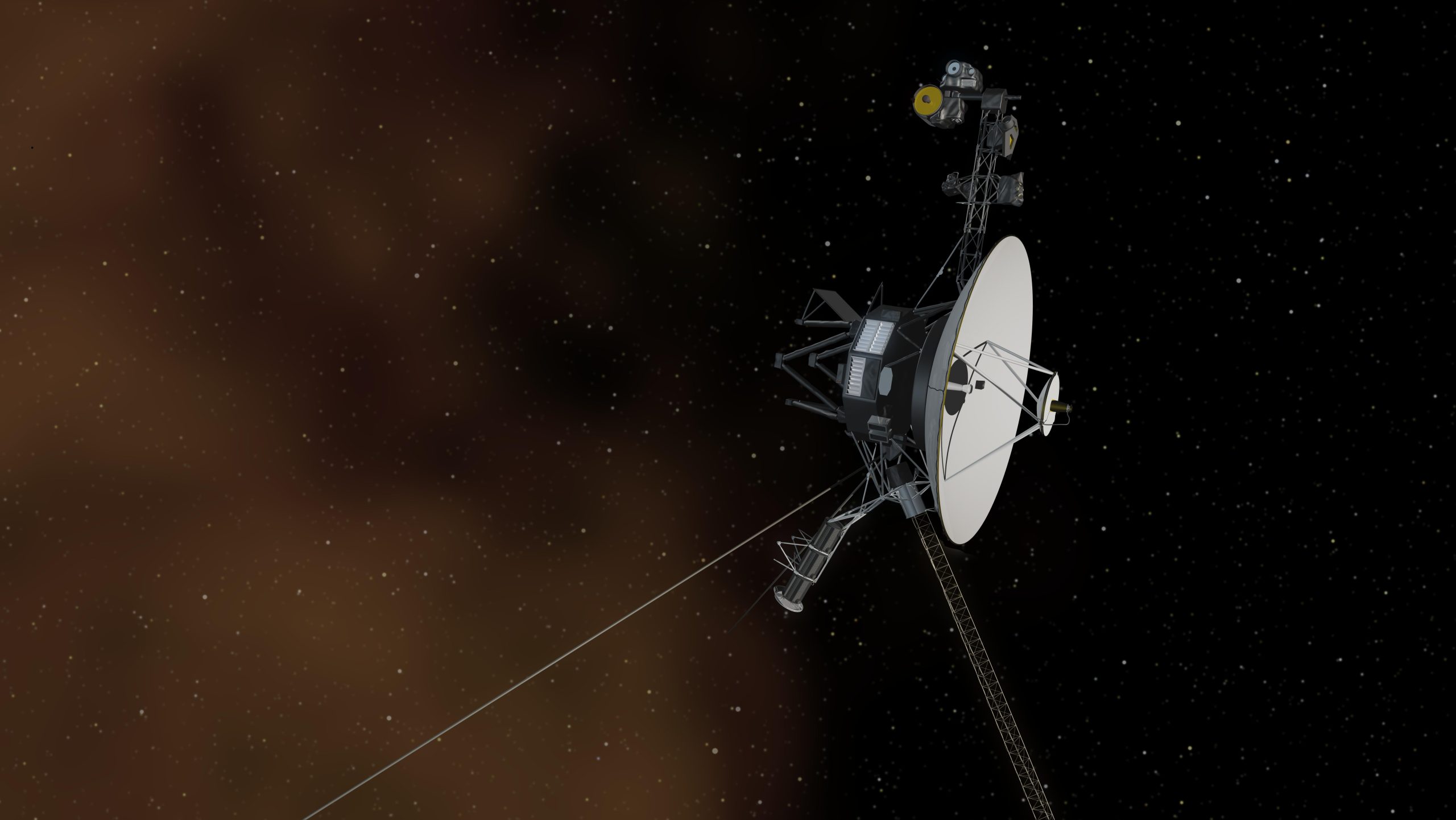PASADENA, Calif. – NASA says it has reestablished communication with its Voyager 1 spacecraft after a brief outage from more than 15 billion miles away from Earth.The spacecraft, launched from Cape Canaveral, Florida, in 1977, is now using what is known as an S-band transmitter after the apparent shutdown of the X-band transmitter.NASA says that the bands are comparable, but the S-band has significantly lower data transmission rates and a fainter signal that can still be detected from Earth.The spacecraft is the furthest human-made object from Earth and has traveled beyond planets into what is known as interstellar space.Interstellar space is the region beyond the Sun’s gravitational and magnetic influence and has only been explored by the Voyager spacecraft.SEE RENDERINGS OF SPACE STATION TO BE BUILT AROUND THE MOONThe environment that makes up the region is rather harsh, with temperatures thought to be around absolute zero (nearly -460 degrees F), high radiation levels and various types of debris.Over the decades, operators at NASA’s Jet Propulsion Laboratory have turned off non-essential systems to conserve power, to keep the spacecraft in a viable state during its journey.”The flight team suspected that Voyager 1’s fault protection system was triggered twice more and that it turned off the X-band transmitter and switched to a second radio transmitter called the S-band,” NASA stated. “While the S-band uses less power, Voyager 1 had not used it to communicate with Earth since 1981. It uses a different frequency than the X-band transmitters signal (and) is significantly fainter.”Voyager 2 has also experienced intermittent issues as aging begins to take a toll on the more than four-decade-old spacecraft.The probe has exhibited intermittent communication issues and degradation of its control thrusters.Voyager 2 is currently about 13 billion miles from Earth, and NASA estimates that in approximately 40,000 years, it will approach a star called Ross 248, which is more than 10 light-years away.SEE THE OBJECTS HUMANS LEFT BEHIND ON THE MOONBoth voyagers exceeded initial operational estimates, which predicted that at least one instrument would remain operational through 2025. Even after all instruments cease operations, NASA scientists anticipate years of data analysis from ongoing transmissions.The spacecraft are destined to eternally wander through the Milky Way and carry Golden Records, which contain sounds and images from Earth in case extraterrestrial civilizations encounter the probes.The agency says that the records include 115 images, various natural sounds, music, greetings from people in 55 languages and messages from President Jimmy Carter and U.N. Secretary-General Kurt Waldheim.
/
November 1, 2024
Voyager 1 reestablishes communication with Earth using backup transmitter last used in 1981







